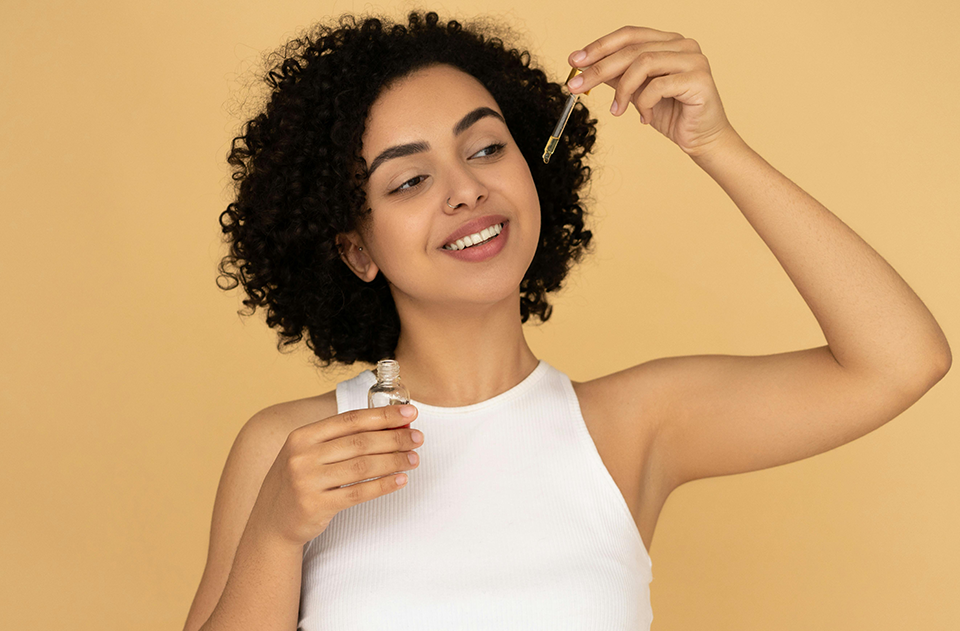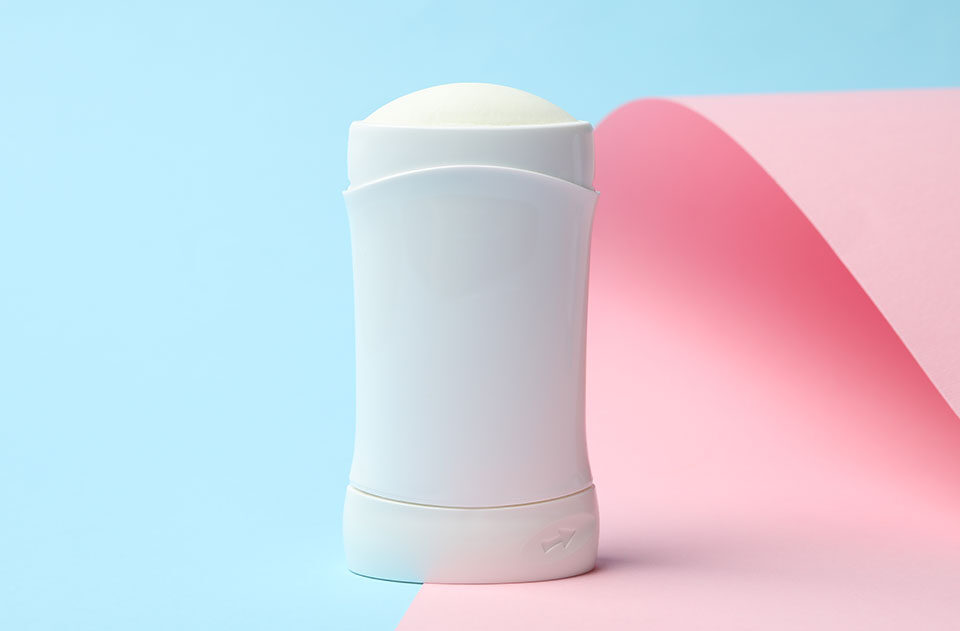Mycotoxins: What Health Impact Can Your Daily Cup Of Coffee Have?

Coffee is considered to be packed full of antioxidants and a great source of energy. Many of us can’t start the day without a cup of java. Coffee beans contain polyphenols and caffeine, which have anti-inflammatory and antimicrobial properties. Studies show that coffee helps with wakefulness, decreases pain, aids in depression, and lowers the risk of Parkinson’s and Alzheimer’s disease. But there are also toxins in coffee, such as mycotoxin, pesticides and other harmful chemicals. This article will fill you in on what you should know the next time you fill up your cup.
Mycotoxins in Coffee
Mycotoxins are poisonous substances that certain types of mold/fungi naturally create. Mycotoxin-producing molds can be found on a variety of foods, including cereal, dried fruit, nuts, and spices. This mold can form before or after harvest, during storage, on or inside the food itself, and frequently in warm, moist, and humid environments. The majority of mycotoxins can survive food processing, making them especially dangerous. According to the Food and Drug Administration, regular consumption can result in health issues such as neurological impairment, liver damage, renal damage, or cardiac failure.
Coffee beans are grown and harvested in places with warm and often humid climates. This is the perfect environment for molds to flourish. While there are many different types of mycotoxins, coffee tends to be contaminated by Ochratoxin A (OTA) and Aflatoxin B1. Both are hazardous mycotoxins created by the presence of certain fungal stains on the beans. Ochratoxin A has teratogenic and immunosuppressive properties, and has shown to harm the kidneys in numerous animal species. It can also cause liver necrosis, proximal tubule degeneration and inflammation of the small intestine. Aflatoxin B1 is considered a carcinogen that attacks the liver and immune system. Animal studies resulted in increased glucose levels after high exposure to this mycotoxin, leading to liver cancer.
A lot of factors play a role in how coffee becomes contaminated. For example, when coffee is “wet processed”, the skin is removed and then washed, fermented, and re-washed to remove the pulp of the coffee fruit. Dry processing involves leaving the coffee inside the whole fruit and letting it dry in the sun. Compared to dry processing, wet processing is more effective in stopping OTA from developing. Ineffective post-processing storage techniques can also result in an abundance of mold, which allows harmful mycotoxins to grow even more. Sometimes mold might start to grow on the beans before they are even picked. Many conventional farmers use chemical fungicides on their crops to prevent plant illnesses. Unfortunately, this exposes the crops to develop certain mycotoxins.
Can coffee mold make you sick?
Moldy coffee can taste different or be missed by the tastebuds completely. Sometimes it doesn’t have the vivid flavors you’d expect from a freshly brewed cup, or it might have an earthy or musty flavor. Other times it tastes just fine. Trace amounts of mold in coffee is very common. Scientists claim that it is unlikely to get you sick. One study concluded that “coffee intake does not represent a potential risk for consumers with respect to individual mycotoxin contamination.”
Such studies contend that because the mycotoxins in coffee are present in such small amounts, there is no cause for alarm. Furthermore, Ochratoxin A is already detected in human blood tests, therefore there is no genuine cause for alarm. But just because it is detected in almost everyone, doesn’t always mean it’s always harmless. For instance, many of us have the Epstein-Barr Virus that can cause mononucleosis (mono) in some people. Everyone reacts to infections and biotoxins differently.
There is evidence showing mycotoxins to be toxic and detrimental to your health. Some individuals with large amounts of exposure or sensitivity may experience coffee mold symptoms. They usually include:
- Headaches
- Dizziness
- Anxiety
- Irritability
Within 12 to 36 hours of exposure, symptoms of coffee mycotoxin sensitivity can be felt. Although coffee toxins can occasionally result in longer-term health issues that linger for weeks or months.
Which coffee does not contain mold?
As mentioned earlier, almost all coffee has trace amounts of mycotoxins. Studies have detected them on coffee beans, both roasted and unroasted, as well as in brewed coffee. Many of the molds that create the mycotoxins die by roasting the beans. One study found that roasting can lower ochratoxin A levels by 69–96%. Ochratoxin A levels are also typically higher in decaf coffee.
Luckily, you can find mycotoxin free coffee. There is skillfully sourced, correctly roasted, and third-party lab tested coffee on the market. These coffees are grown organically and pesticide-free. Many are USDA-Certified Organic, a strict and difficult to attain certification given by the USDA. Some of these coffee companies also pride themselves on being fair trade certified- making the coffee not only healthier, but ethically grown too.
The beans are grown at high altitudes- reducing the chance of mold growth. Additionally, coffee grown at high heights tastes better. Areas higher up have better drainage than lower areas. Less water in the beans concentrates the tastes that the sugars produce. These cooler temperatures at higher altitudes results in a greater production of the sugars, giving the brew incredible flavor.
A lot of companies claim that their coffee is lab tested to ensure it is organic mold free coffee. Although not all of them offer the results to be publicly viewed, some will do so upon request, while a few others offer this information on their website. A simple online search can help you decide which company is most suitable for you. Here again organic does matter.
Exposure to toxins is a huge component in today’s accelerated aging and deteriorating health. There might be a tiny bit of mold in your coffee, but when you combine that with all of the other chemicals you are exposed to daily, there is a serious accumulation burden. It’s important to try and lessen your chemical exposure, your health depends on it. Little steps, like drinking organic mycotoxin free coffee, can make a big difference.





